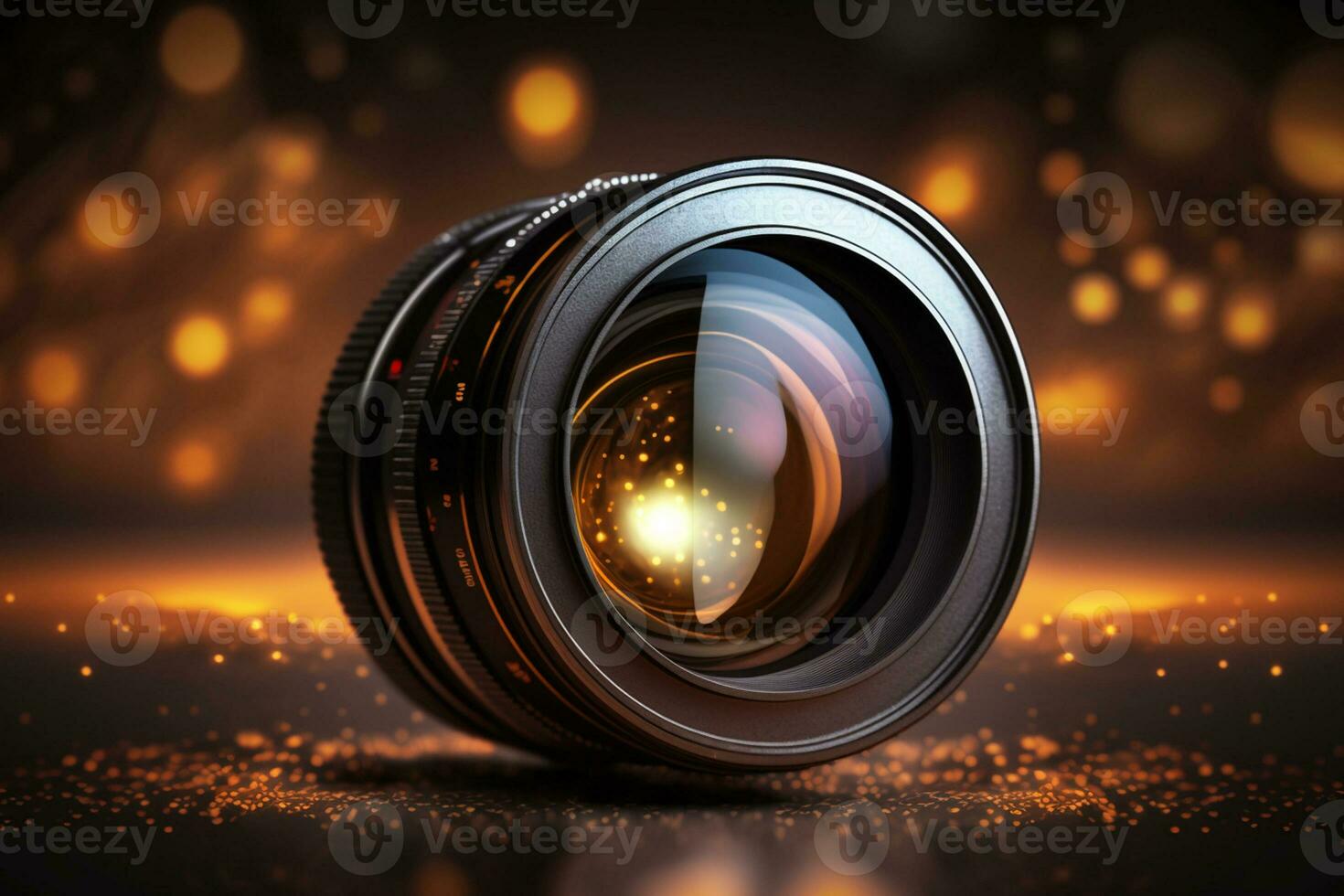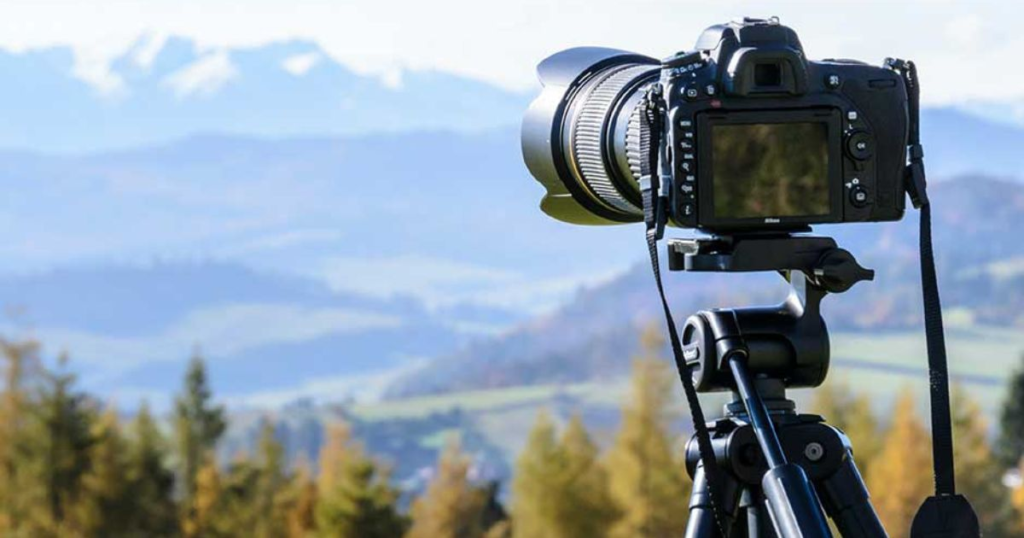Photography is an art of capturing light, and one of the most sought-after effects that can elevate a photo’s visual impact is the use of lens flares. Photeeq Lens Flare is a powerful tool that allows photographers to introduce artistic, cinematic light effects into their images, enhancing mood, depth, and storytelling. While lens flares can occur naturally when light directly hits a camera lens, Photeeq Lens Flare allows photographers to digitally control and enhance these effects to their advantage.
In this article, we will explore essential techniques for professional photographers to use Photeeq Lens Flare effectively, along with tips to help create compelling visuals that stand out.
Understanding Lens Flare and its Importance
Lens flare occurs when strong light sources—such as the sun or artificial lights—hit the camera lens and cause reflections, scattering light within the lens elements. This can produce distinctive artifacts, light streaks, or halos that add a dramatic, ethereal touch to an image. Photographers often harness this effect to create mood, emphasize light, or add a touch of magic to their compositions.
Photeeq Lens Flare, in particular, provides the flexibility to introduce or control lens flares during post-production, allowing for more creativity without relying solely on natural light conditions. Whether you’re shooting portraits, landscapes, or urban scenes, Photeeq Lens Flare can enhance the aesthetic appeal of your photos.
Essential Techniques for Using Photeeq Lens Flare

1. Choosing the Right Scene for Lens Flare
Before applying Photeeq Lens Flare, it’s essential to choose a scene that will benefit from this effect. Certain conditions, such as backlit scenes, sunsets, or environments with a strong directional light source, work exceptionally well for adding lens flares. For example, adding a Photeeq Lens Flare to a golden-hour portrait can enhance the warmth and glow, making the image feel more natural and magical.
For landscape photography, placing a flare near the sun or along the horizon can create an atmospheric, dreamy quality that elevates the entire composition.
2. Using Photeeq Lens Flare to Add Depth and Dimension
One of the key benefits of using Photeeq Lens Flare is its ability to add depth to an otherwise flat image. By carefully placing the flare at strategic points within the frame, you can create the illusion of light interacting with the environment, giving your photo more three-dimensionality.
For instance, in architectural photography, adding a subtle flare near the edges of buildings or between shadows can enhance contrast and bring out details that might otherwise be missed. Similarly, in portrait photography, positioning a soft flare behind the subject can add a backlight effect, giving the subject a more dramatic and ethereal appearance.
3. Balancing Subtlety and Impact

While Photeeq Lens Flare can be a powerful tool, it’s important to use it with balance. Overuse or poorly placed flares can detract from the main focus of the image. For professional results, aim for subtlety. The goal is to enhance the natural light and atmosphere, not overpower the subject.
A common mistake is placing the flare too close to the subject’s face or in areas where it can distract the viewer. Instead, consider using smaller, more delicate flares that highlight specific areas of the image without pulling attention away from the primary focus.
4. Customizing Flare Intensity and Color
Photeeq Lens Flare allows you to customize the intensity, color, and style of the flare. This feature is particularly useful for matching the flare to the mood of the image. For example, warm, orange tones work well in sunset or golden-hour scenes, while cooler blue or purple hues can add a futuristic or urban vibe to night photography.
Adjusting the intensity is also key to maintaining realism. For instance, in daylight shots, a subtle flare can evoke a natural sunburst, while in nighttime or low-light scenarios, a brighter, more prominent flare can give the illusion of artificial lights reflecting off a lens.
5. Layering Lens Flares for a Cinematic Effect
To achieve a truly cinematic look, consider layering multiple Photeeq Lens Flare effects in different parts of the image. This technique can simulate complex lighting conditions that would be challenging to capture naturally. For example, in landscape photography, layering a soft flare near the sun with smaller, secondary flares across the sky can create a dynamic, immersive atmosphere.
When layering flares, be mindful of their placement and ensure they work together to guide the viewer’s eye through the composition. This technique is particularly effective in adding movement and energy to still images, reminiscent of cinematic sequences.
6. Using Lens Flare to Create Visual Storytelling
Professional photographers often use light as a tool for storytelling, and lens flare is no exception. When used creatively, Photeeq Lens Flare can evoke a sense of nostalgia, warmth, or even mystery, depending on how it’s integrated into the image.
For example, in portrait photography, a lens flare placed near the edges of the frame can suggest an intimate, glowing moment, while a larger flare covering part of the subject can give the impression of fleeting time or a moment lost in the sun. Similarly, in urban photography, a bright flare near neon lights or streetlights can intensify the bustling energy of a city at night.
Best Practices for Using Photeeq Lens Flare

- Practice Restraint: Use lens flare sparingly to enhance your composition rather than distract from it.
- Focus on Realism: Aim for a natural look by aligning your flare with existing light sources and adjusting the intensity accordingly.
- Experiment with Placement: Try adding flares in different parts of the image, such as along the horizon, near light sources, or within reflections, to create dynamic effects.
- Maintain Contrast: Ensure that your flare doesn’t wash out important details. Adjust opacity and intensity to keep the main subject in focus.
- Explore Different Styles: Photeeq offers various flare styles, from subtle sunbursts to dramatic streaks. Experiment with different options to find the one that best suits your image’s mood.
Conclusion
Photeeq Lens Flare is a versatile tool that can help professional photographers elevate their images by adding depth, emotion, and atmosphere. By carefully choosing the right scenes, balancing subtlety and impact, and experimenting with different styles and intensities, photographers can use lens flare to create visually stunning, cinematic compositions. Mastering these techniques will ensure that your photos stand out, whether you’re shooting portraits, landscapes, or urban scenes.
(FAQs) About Photeeq Lens Flare
What is Photeeq Lens Flare?
Photeeq Lens Flare is a post-production tool that allows photographers to digitally add lens flare effects to their images, enhancing light and mood.
How can I control the intensity of lens flare in Photeeq?
Photeeq Lens Flare provides options to adjust the intensity, opacity, and size of the flare, allowing you to create both subtle and dramatic effects depending on your preferences.
Can I use Photeeq Lens Flare in any type of photography?
Yes, Photeeq Lens Flare can be used across various photography genres, including portraits, landscapes, and architectural photography, to enhance lighting and atmosphere.
How do I avoid overusing lens flare in my photos?
To avoid overusing lens flare, focus on subtlety, ensure it complements the image’s natural light, and avoid placing it in distracting or overpowering locations.
Can I customize the color of the flare in Photeeq?
Yes, Photeeq Lens Flare allows you to adjust the color of the flare, making it possible to match the mood of your image with warmer or cooler tones.
Read Next: CNET and the Future of Technology Media





























































